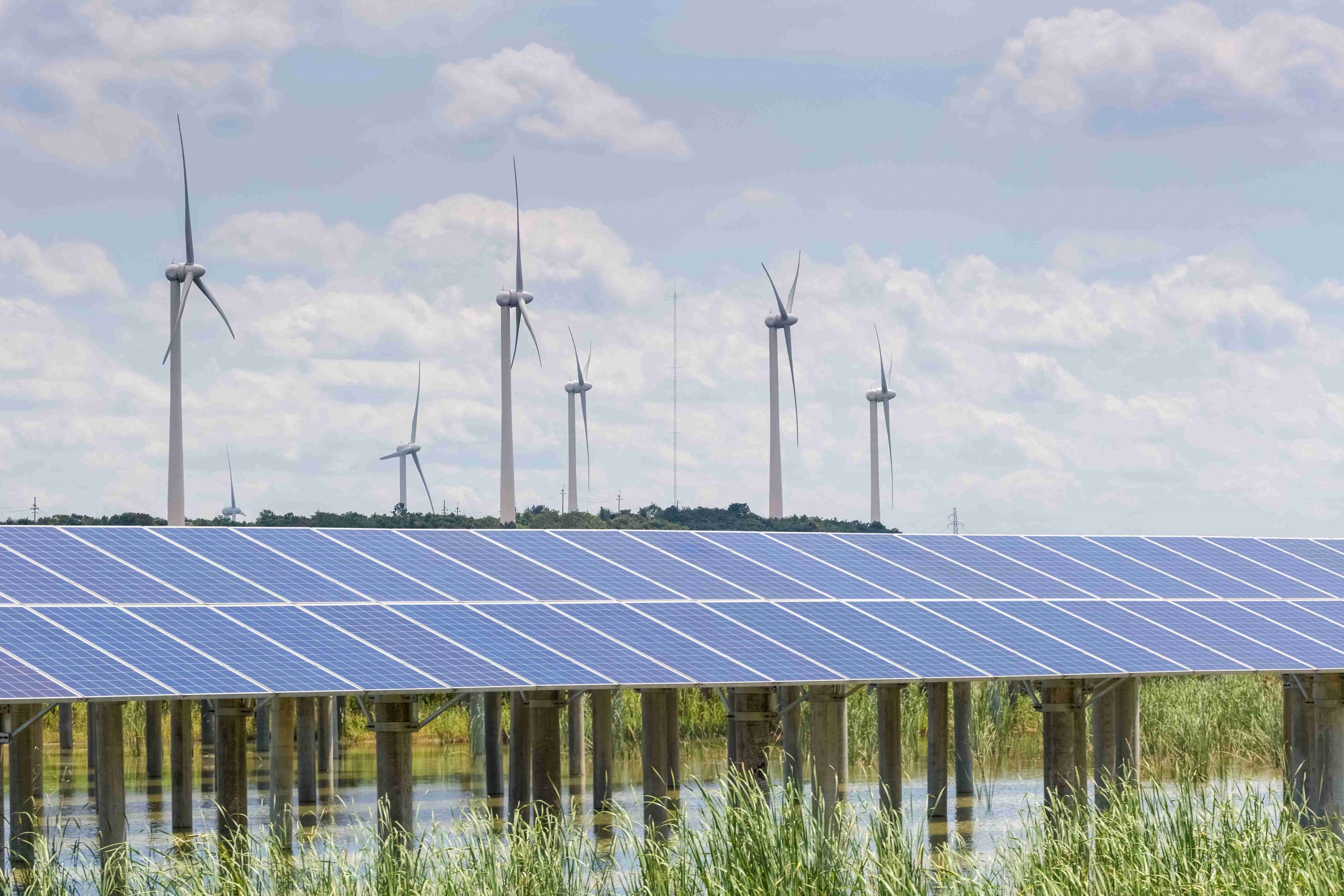
New model from Khalifa University researchers addresses instability concerns in renewable energy source-based power grids
As energy systems globally switch to renewable energy sources, there’s a growing need to integrate renewable energy systems to the traditional power grid. This necessitates the radical transformation of how power systems operate, particularly since managing the impact of energy sources that are intermittent, or not always available, is a delicate task.
The energy available from sun, wind, waves, and tides varies in ways which may not match variations in consumer energy demand. Dealing with such intermittency can affect the operation and economics of electricity networks and markets. Much like the weather, electricity consumption can be reasonably well predicted, but not controlled.
A team of researchers from Khalifa University has developed an integrated tool to predict and enhance the frequency stability of power systems by dynamically adjusting the operations of a photovoltaic power plant in real time. Faisal Sattar (graduated MSc student), Dr. Sudipta Ghosh, Dr. Younes Isbeih, Prof. Mohamed El Moursi, Prof. Ahmed Al Durra and Dr. Tarek El Fouly, all from the Khalifa University Advanced Power and Energy Center, designed a tool that provides an accurate prediction of the power system inertia in a real-time environment with minimum data requirements.
Frequency stability refers to the ability of a power system to maintain steady frequency following significant imbalance between generation and load. It is a crucial aspect in maintaining the overall reliability of the power system, ensuring that electricity is produced at a frequency and volume within specified limits, preventing blackouts or damage to equipment. Stability problems often arise from sudden changes in load demand, the intermittent renewable power generation and severe system disturbances.
Inertia is familiar to anyone who has driven a car or ridden a bicycle: It is the tendency of an object in motion to remain in motion. Stop pedaling and the wheels continue to spin. In the power grid, inertia refers to the kinetic energy stored in spinning generators. In inverter-based renewable power generation systems, these spinning generators are not used, which could lead to power system instability in the absence of appropriate control strategies.
A power system with low inertia may be susceptible to instability in response to system disturbances and even complete blackouts. The energy contained in generators at power stations provides inertia as they rotate at the same frequency as the electricity grid. This acts as a buffer against rapid change: If demand for power spikes, the frequency of the grid tends to decrease.
The KU research team developed an online tool to predict and enhance frequency stability. The tool leverages real-time data, including system inertia and frequency response, to provide system operators with the necessary insights to manage stability effectively. Key features of the tool include the ability to estimate the system’s inertia in real time, predict the frequency nadir (the lowest point the system’s frequency might reach following a disturbance), and dynamically adjust the operation of photovoltaic systems and battery energy storage systems to maintain frequency with safe limits. This is achieved through optimal allocation and using additional power reserves, as well as load-shedding strategies where necessary.
“The introduction of such tools is crucial for ensuring the stability of power grids in the era of renewable energy,” Prof. El Moursi says. “As the energy sector continues to evolve, innovations like ours play a vital role in enabling the integration of renewable energy sources without compromising the stability and efficiency of power systems.”
Jade Sterling
Science Writer
5 March 2024






